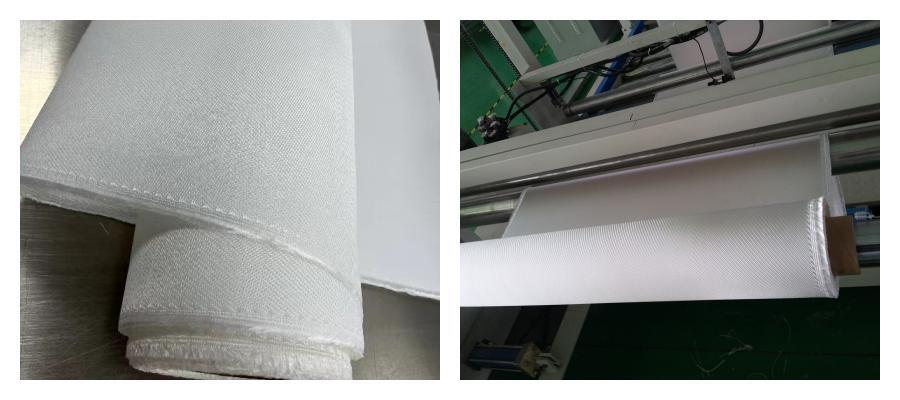High Silica Fabric vs. Fiberglass Fabric: Key Differences
Composition:
High Silica Fabric: Contains ≥95% pure silica (SiO₂), offering exceptional purity and minimal additives.
Fiberglass Fabric: Typically 50-60% silica blended with oxides (e.g., calcium, boron) for cost-effective production.
Temperature Resistance:
High Silica: Withstands 1,800–2,300°F (982–1,260°C), ideal for extreme heat (e.g., welding, furnace linings).
Fiberglass: Rated for 1,000–1,500°F (538–816°C), suitable for general insulation and composites.
Thermal Stability:
High Silica: Retains flexibility and strength under rapid thermal cycling; resists melting and thermal shock.
Fiberglass: May become brittle at sustained high temps; prone to degradation under thermal stress.
Applications:
High Silica: Specialized uses in aerospace, fire curtains, molten metal protection, and high-temperature gaskets.
Fiberglass: Common in construction, automotive parts, marine composites, and HVAC insulation.
Chemical Resistance:
High Silica: Superior resistance to acids, alkalis, and corrosion.
Fiberglass: Moderate resistance; vulnerable to prolonged chemical exposure.
Physical Properties:
High Silica: Smoother texture, lighter weight, and lower thermal conductivity for better insulation.
Fiberglass: Rougher texture, heavier, and more abrasive (requires careful handling).
Cost:
High Silica: More expensive due to purity and specialized manufacturing.
Fiberglass: Cost-effective for bulk or industrial applications.
Safety:
Both release respirable fibers, but high silica’s stability reduces friability over time.
High silica fabric excels in extreme heat and corrosive environments, while fiberglass offers a versatile, economical solution for moderate temperatures. Choose based on thermal demands, budget, and application specificity.
